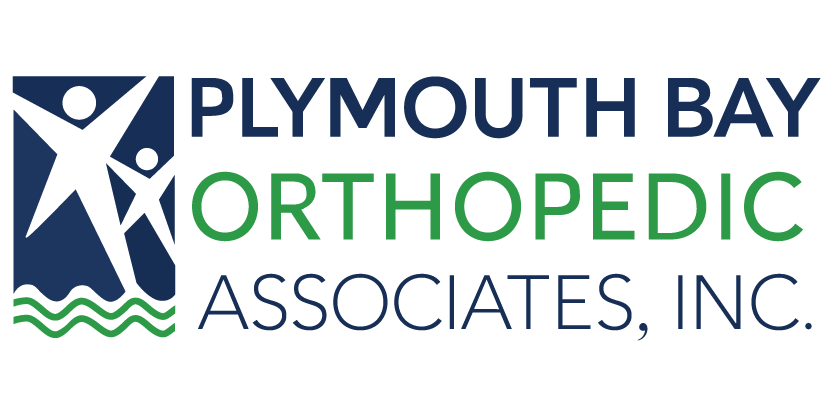A physical examination is usually required to identify a torn meniscus. The physician often moves the leg and knee into several different positions and asks the patient to squat and walk to determine what is causing the symptoms and signs. One of the most common knee injuries is a meniscus tear. Athletes playing contact sports are at the highest risk for this kind of injury. This tear can also occur in a person of any age. Many people refer to a meniscus tear as torn cartilage in the knee.
An X-ray will not show this tear because the meniscus is composed of cartilage. X-rays are used to eliminate other issues that have very similar symptoms. An MRI uses a strong magnetic field and radio waves to deliver detailed images of the soft and hard tissues in the knee. This is the best possible imaging test to detect this injury. Under certain circumstances, the physician may recommend an arthroscopy. An arthroscope is an instrument used to examine the inside areas of the knee.
The arthroscope is a small, light camera capable of transmitting a large image of the inside of the knee through a special monitor. When necessary, the arthroscope can be used to insert surgical instruments. This can also be accomplished through small incisions in the knee. In some cases this technique can be used to repair or trim the tear.
The Treatments for a Torn Meniscus
The initial treatment for a torn meniscus is usually conservative. This depends on the location, size and type of the tear. Tears associated with a blocking or locking of the knee motion also do not usually require surgery because the pain lessens over time. There are several options the physician may recommend.
It is recommended that the individual avoids activities that will pivot, rotate or twist the knee as they will aggravate the knee pain. Crutches can be used for severe pain to promote healing and eliminate the pressure. Ice will reduce swelling and pain in the knee. A towel packed with ice, a bag containing frozen vegetables or a cold pack can be used for a period of fifteen minutes with the knee elevated to help relieve pain. This can be repeated as often as necessary.
Physical therapy may be recommended to strengthen the correlating muscles around the legs and knee to support and help stabilize the knee joint. In some cases, the pain persists or the knee locks despite rehabilitation. This is when surgery is usually recommended. A torn meniscus in young adults and children can sometimes be repaired with surgery.
If you are interested in learning more about your treatment options, the educated staff at Plymouth Bay Orthopedic Associates in Plymouth, Duxbury and Sandwich would be more than happy to answer your questions. Contact us today to schedule your consultation!
